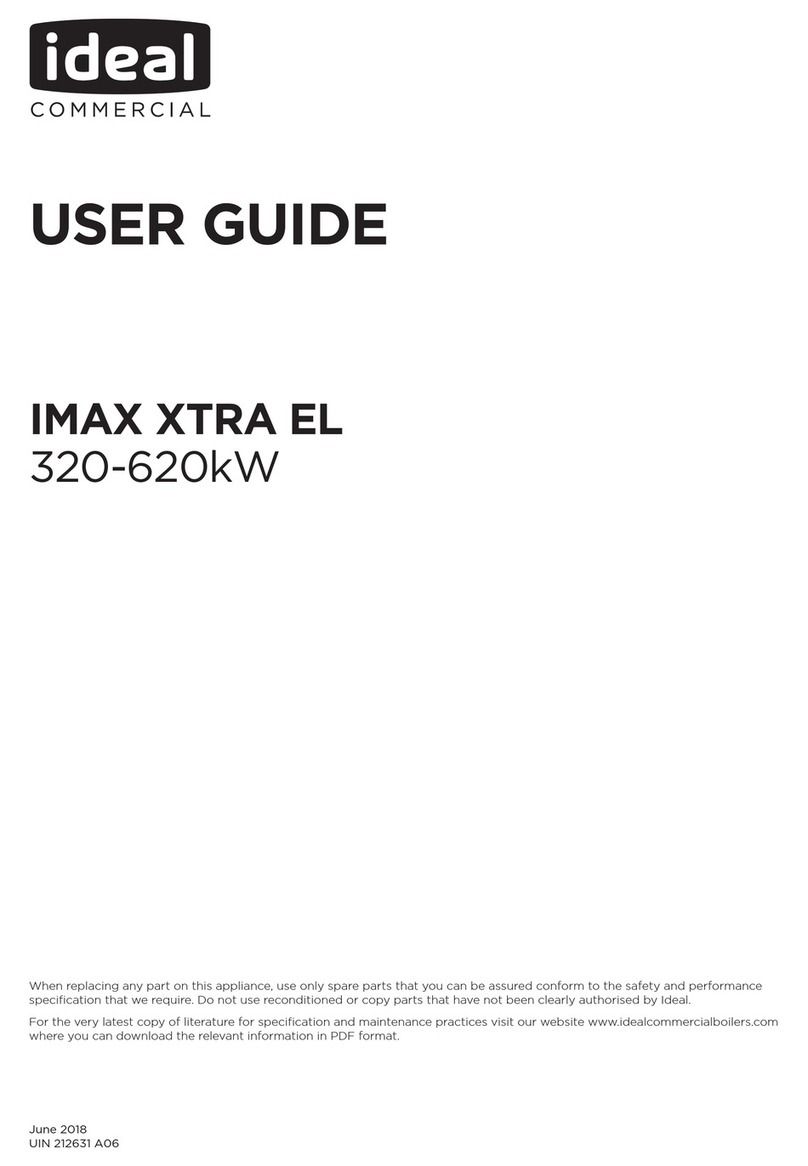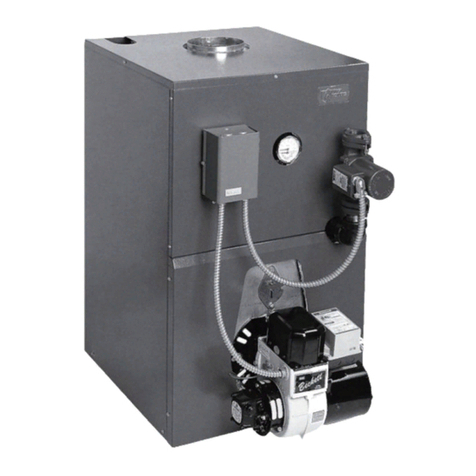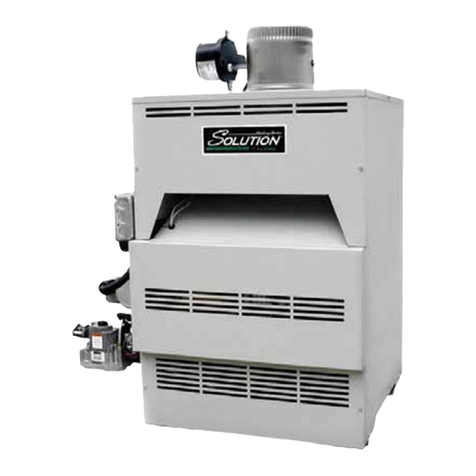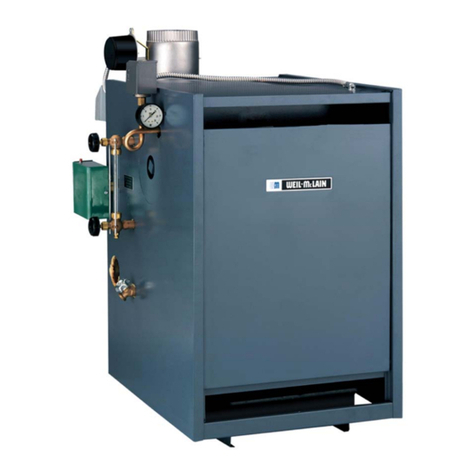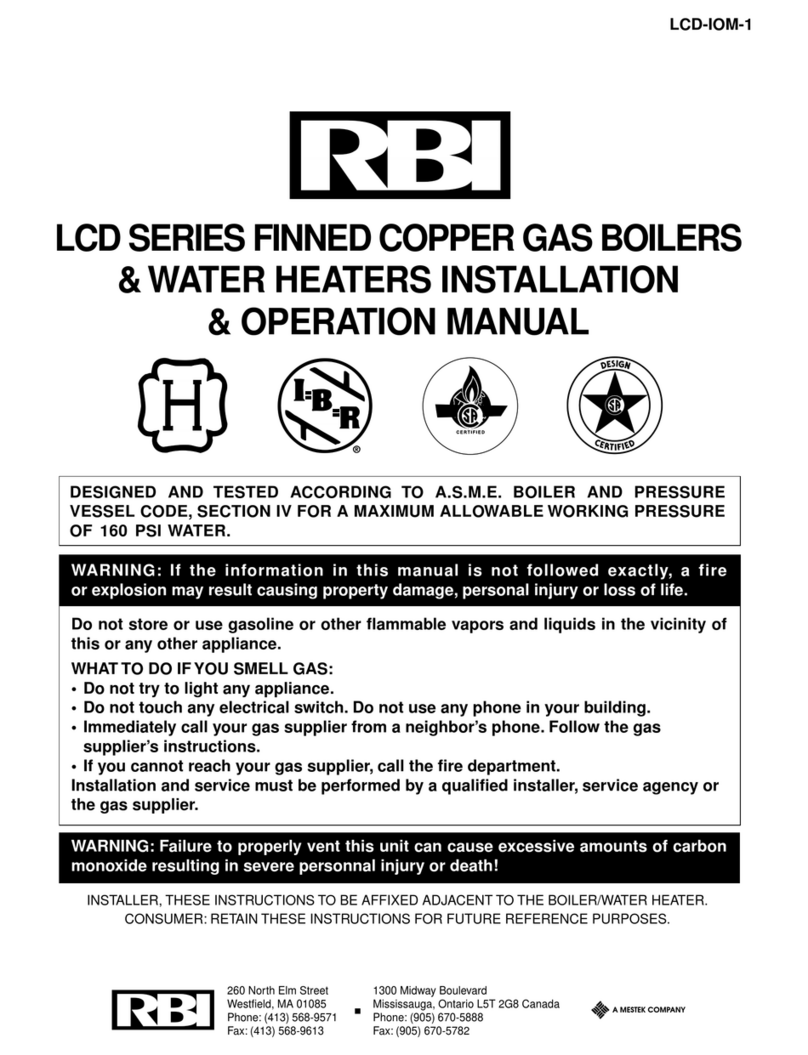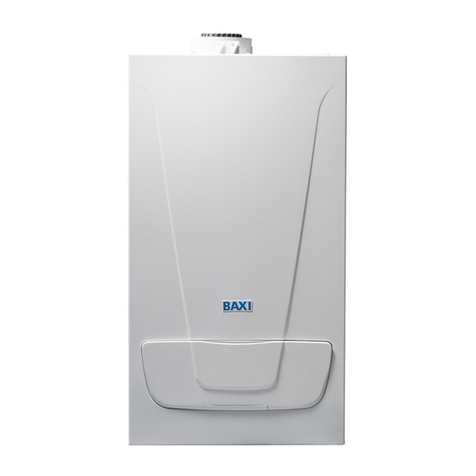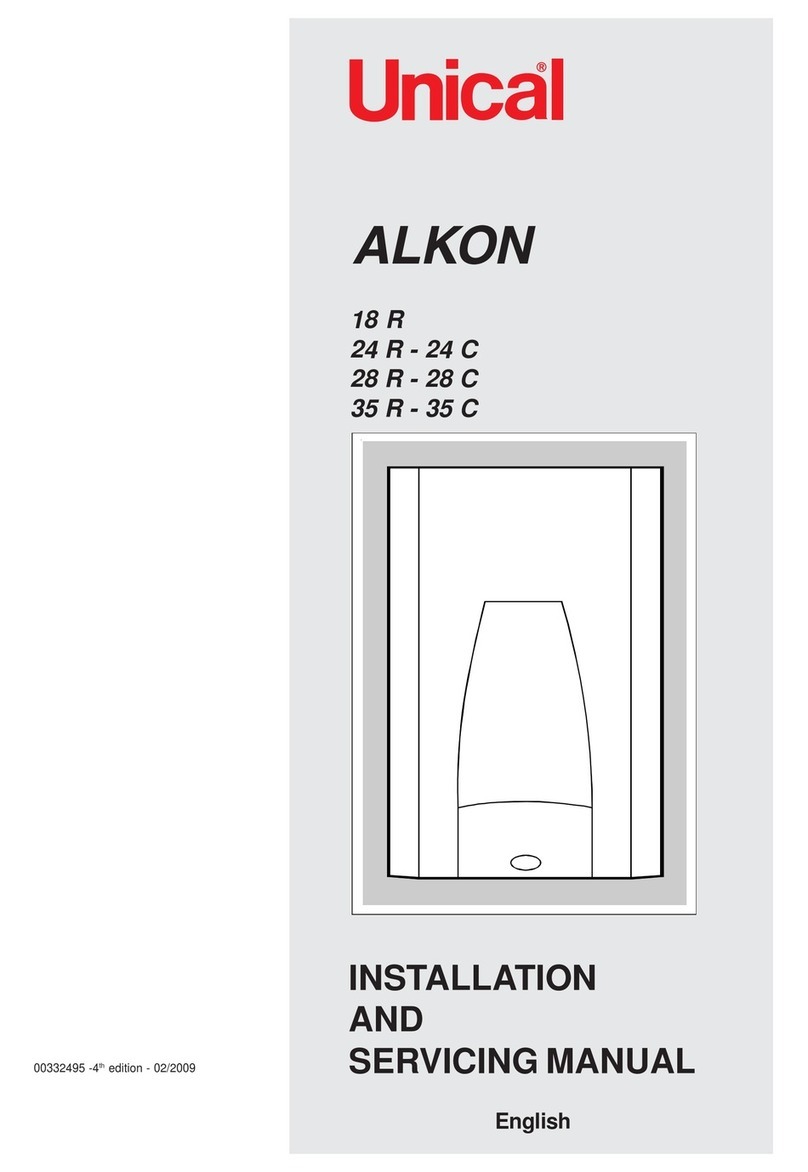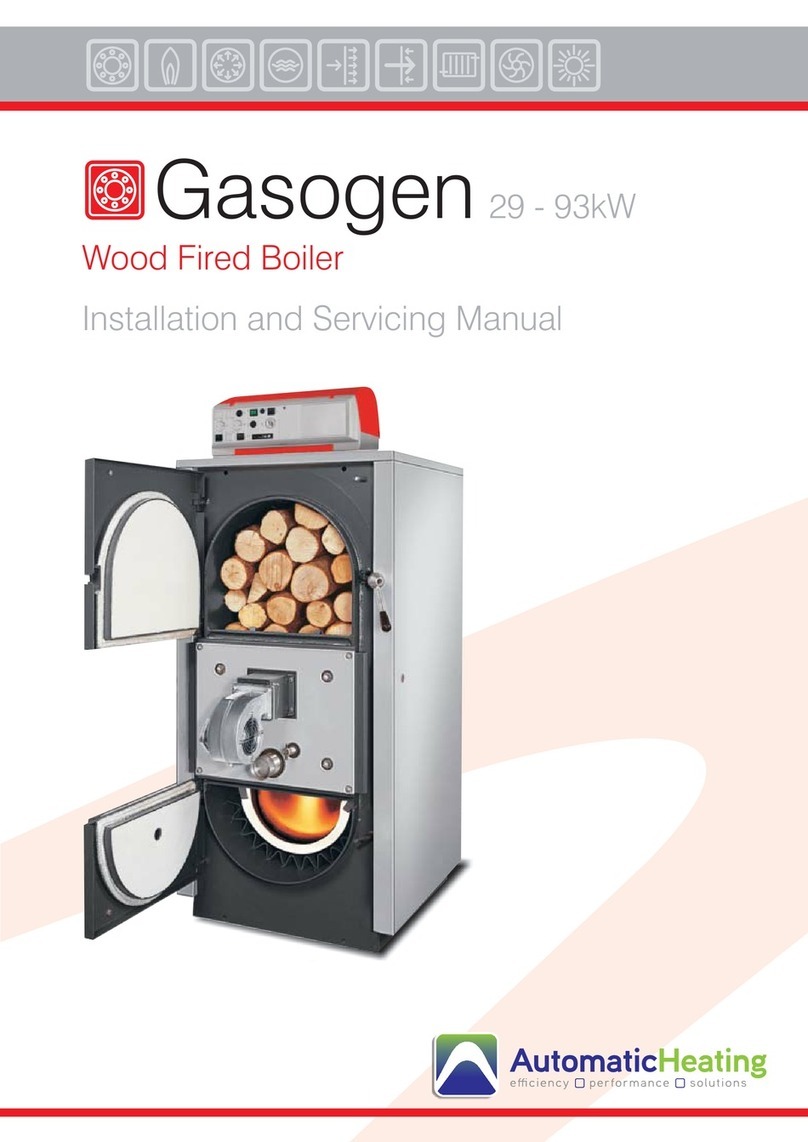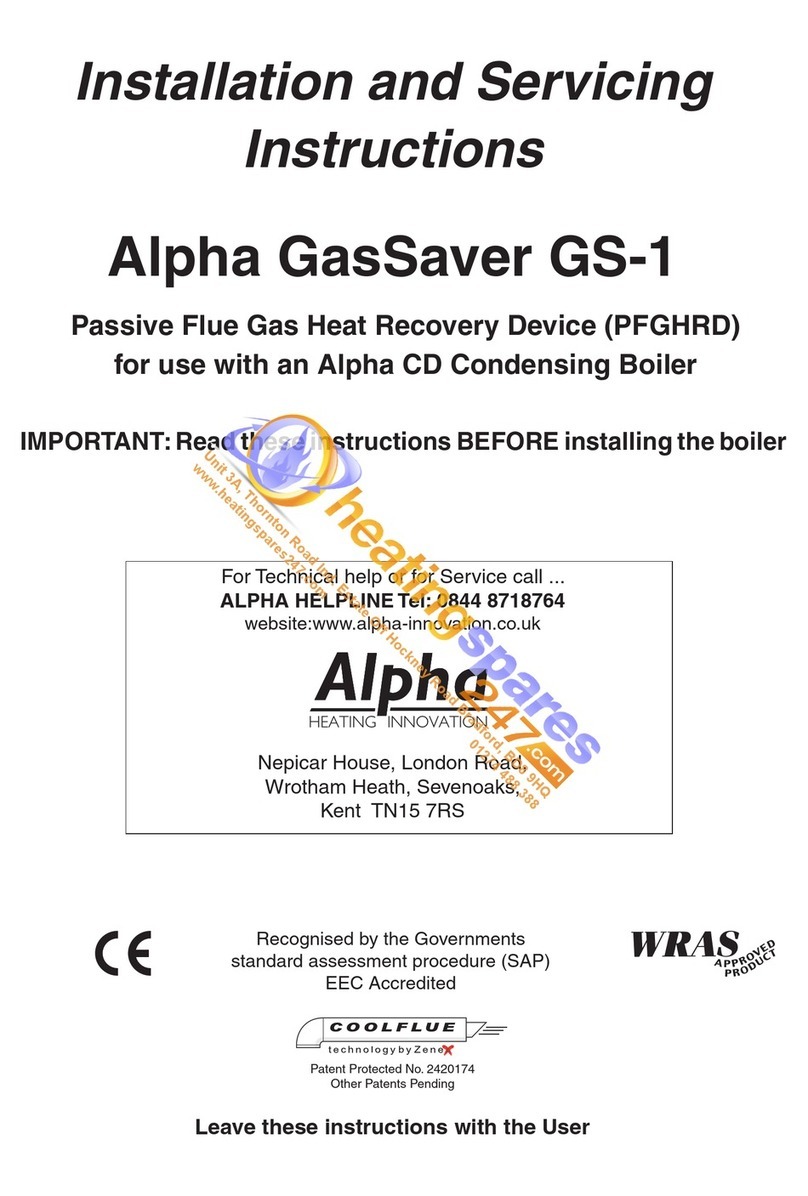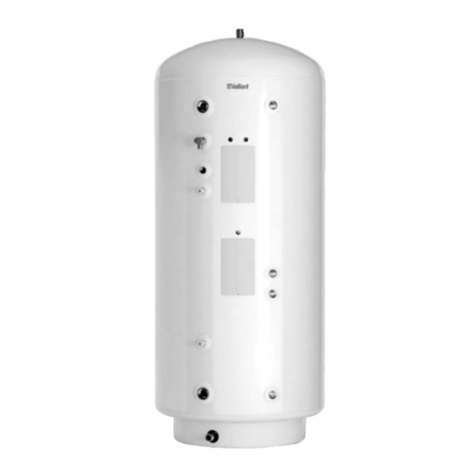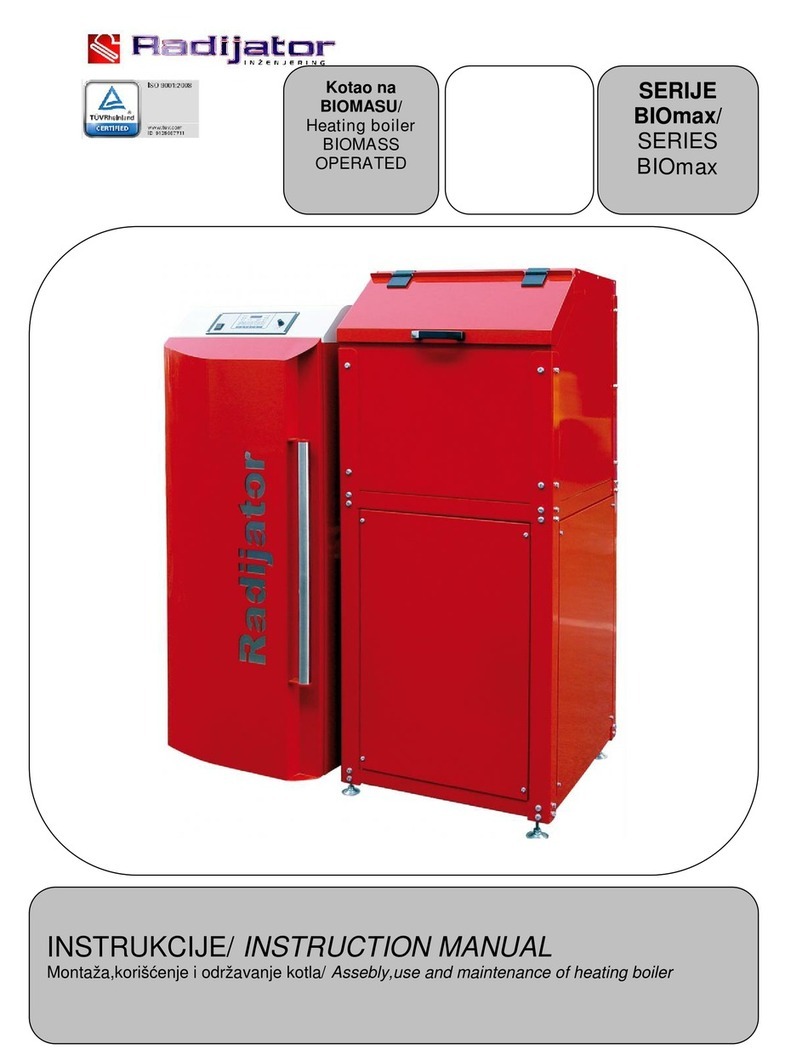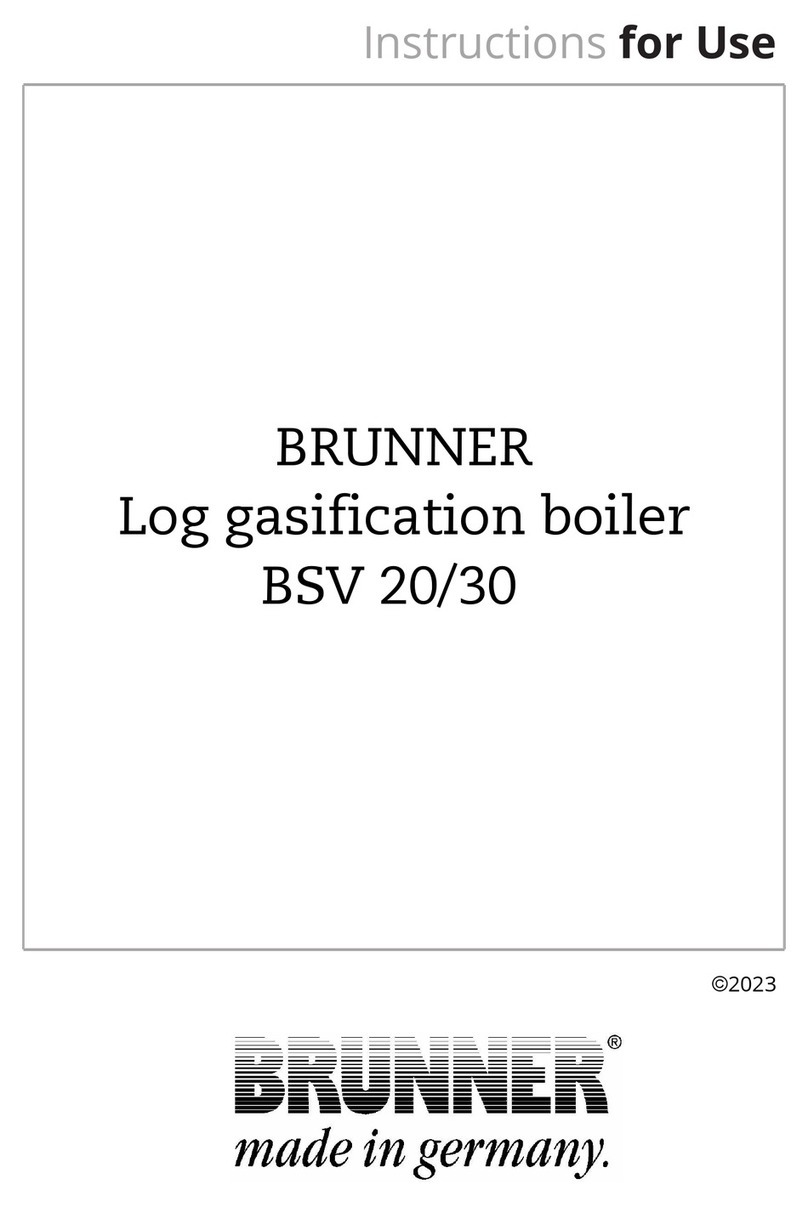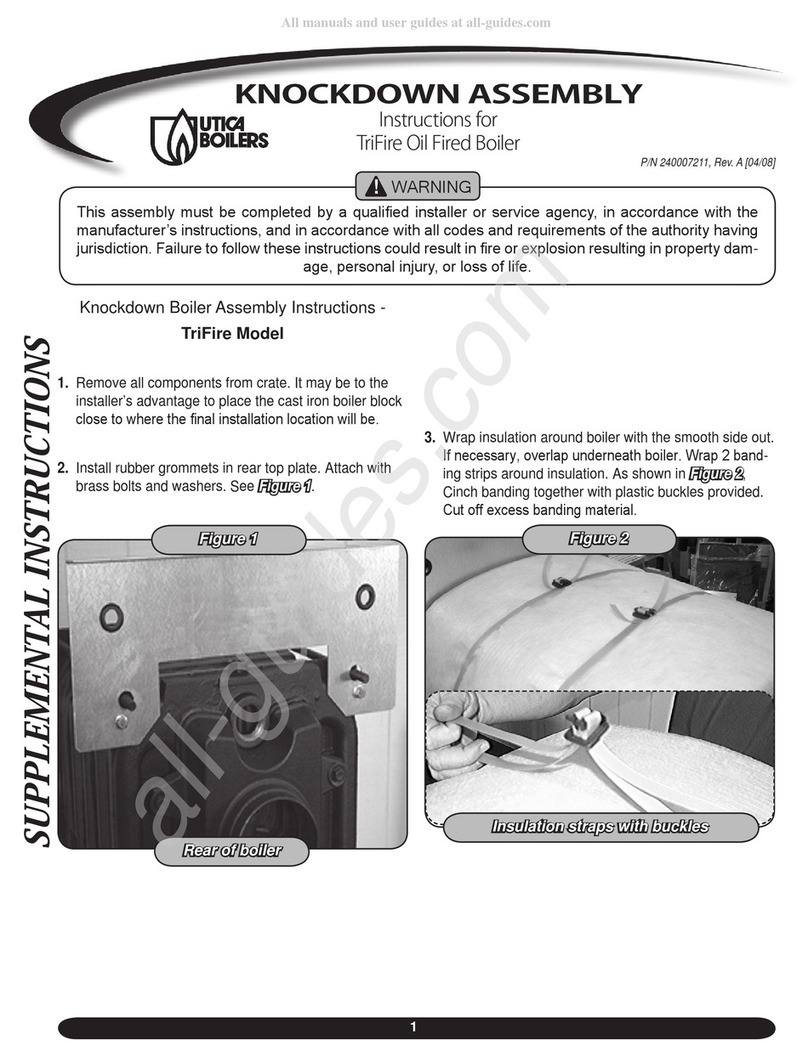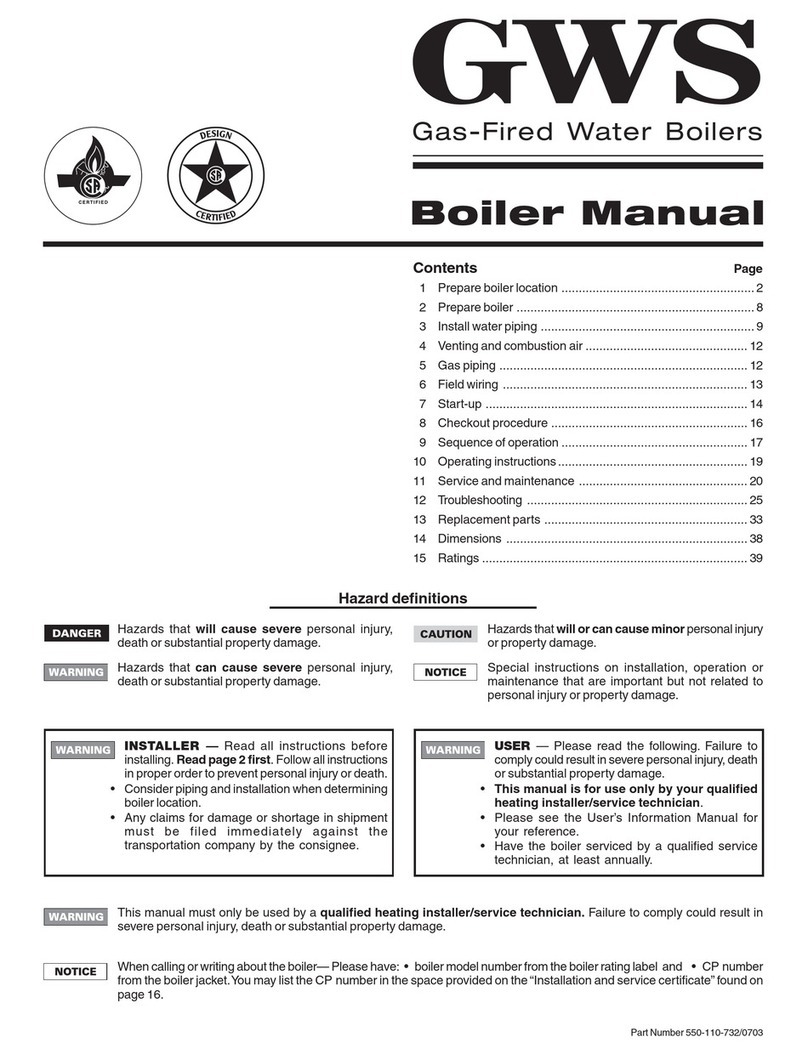
Part Number 550-110-734/1108
Hazard definitions
Hazards that will cause severe personal injury,
death or substantial property damage.
Hazards that can cause severe personal injury,
death or substantial property damage.
Hazards that will or can cause minor personal
injury or property damage.
Special instructions on installation, operation or
maintenance that are important but not related to
personal injury or property damage.
Contents Page
1 Determine venting method........................................2
2 Combustion air supply...............................................3
3 Obtain vent system components...............................4
4 Install vent starter......................................................6
5 Vent termination........................................................7
6 Direct exhaust — Vertical and sidewall venting.........8
7 Direct vent — Sidewall venting................................10
8 Direct vent —Vertical venting.................................12
Venting Manual
GWS
Gas-Fired Water Boilers
(Also includes GWS-090E)
INSTALLER — Read all instructions before
installing. Follow all instructions in proper order
to prevent personal injury or death.
Boilermust beventedandsuppliedwith combus-
tion air as described in this manual.Failure to do
so will result in severe personal injury, death or
substantial property damage.
Use only the sealant specified by the vent pipe
manufacturer, applied per their instructions.Vent
piping must be sealed gas-tight to prevent pos-
sibility of flue gas spillage and carbon monoxide
emissions, resulting in severe personal injury or
death.
Provide combustion and ventilation air openings
as described in the GWS or GWS-090E Boiler
Manual. Failure to provide adequate air supply
could result in severe personal injury, death or
substantial property damage.
USER — Please read the following. Failure to
comply could result in severe personal injury,
death or substantial property damage.
• This manual is for use only by your qualified
heating installer/service technician.
• PleaseseetheUser’sInformationManualforyour
reference.
• We recommend regular service by a qualied
service technician, at least annually.
Venting method definitions
Direct vent — Uses outside combustion air with combustion air
connector piping sealed at all joints and seams. Also known as
“sealed combustion”.All GWS and GWS-090E flue gas vents are
pressurized, requiring careful sealing of all joints.
Direct exhaust venting — Uses inside combustion air with no
combustion air connector piping. All GWS flue gas vents are
pressurized, requiring careful sealing of all joints. Also known
as “non-direct venting”.(DO NOT apply direct exhaust venting to
GWS-090E boilers — they must be direct vented only.)
Chimney draft venting — Uses the natural draft provided by
a vertical vent or chimney. (This method cannot be used with
GWS boilers.)
Chimney draft venting cannot be used for GWS
or GWS-090E boilers. Vent system must be con-
structed only using venting materials listed in this
Venting Manual.Existing vertical vents or chimneys
may only be used as raceways for routing vent or
vent/air piping as described in thisVenting Manual.
ThisVentingManualmustonlybeusedbyaqualified
installer/servicetechnician.Readtheseinstructions
completelybeforebeginningtheinstallation.Failure
to follow all instructions in proper order can cause
severepersonalinjury,deathorsubstantialproperty
damage.
To install a new vent system follow instructions in:
• ThisVentingManual
• GWSorGWS-090EBoilerManual
• Ventpipemanufacturer’sinstructionssupplied
with vent material.
DONOTapplydirectexhaustventingforGWS-090E
boilers.Theseboilersmustonlybeinstalledasdirect
vent.
